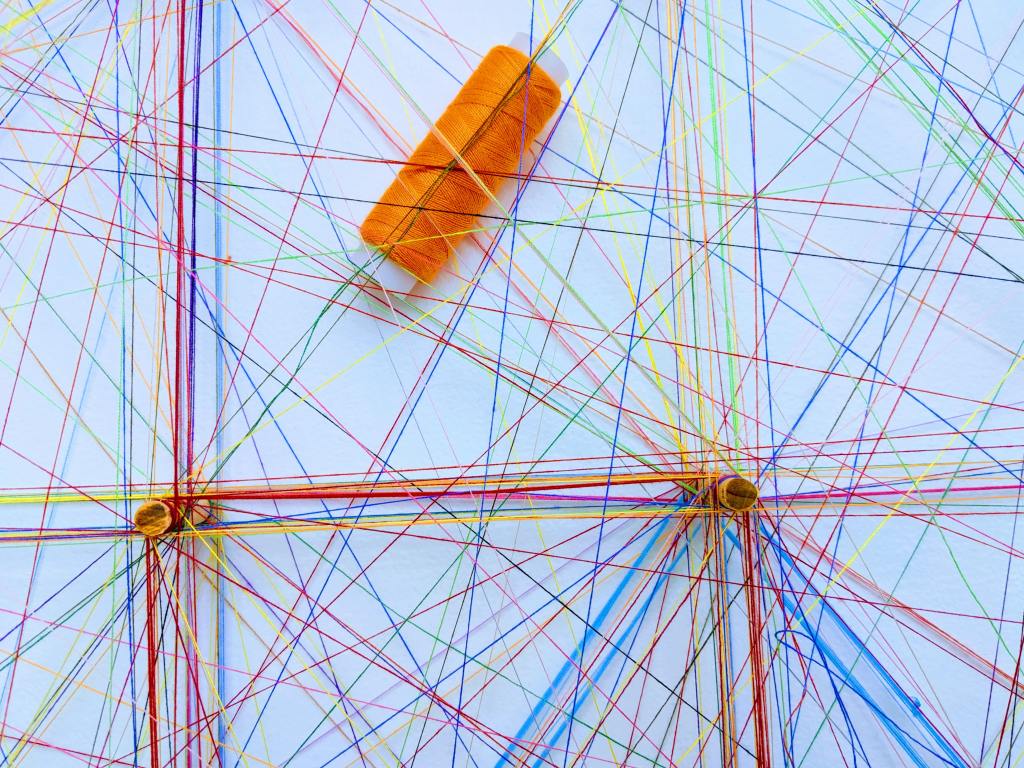 Photo by Omar Flores on Unsplash
Photo by Omar Flores on Unsplash
Every time I am speaking about the ONL course I tend to say “online” as ONL easily leads to thinking “online”. And that was also my expectation, to learn more about how to teach online. But the most important things that I have learnt are the O and N, that is “open” and “networked”, which has really lead to new insight for me. In regards to “open”, I had some knowledge about MOOCs and some sense of what creative commons are about, but no idea about how “open” can mean so much when working as teacher. I had not considered the idea of using open resources, of opening my course and material to others, and of making my teaching accessible. In regards to “networked”, I was familiar with the concept of community of practice, which I use in my research, but I had not worked on learning as a collaborative effort and not considered how to use digital technology for connecting and sharing. As I reflected in my post on topic 4, I am also really interested in how to work with different kinds of presence.
On a more practical level, I also have learnt to use a number of tools that have really helped us in focusing on a task and feeling that the work we put in was meaningful, I think. I think that producing some kind of output, with also an aesthetic dimension, has meant trying to find the right concepts, words, categories, etc, which in turn means looking for new knowledge and articulating and organizing it. It was really interesting to live such an experience “on the other side” compared to the usual practice of being a teacher. This also includes feeling frustration, stress, and tiredness, alongside more positive emotions as pride, surprise, commitment, which is also a good thing to go through in order to better understand our own students. Moreover, we have also learnt a lot on “where to look for” for different things as images. music, resources, etc. And also learnt to know our course colleagues and part of their work. This will make it easier for me to further connecting and networking to learn more.
When it comes to what I am going to use, I have already started to use some tools, as padlets, and some ideas for activities that can be done asynchronously now that everything is digital. In particular, I am responsible for a PhD course (an introduction course) that was already planned with guests etc. So I have used padlets for reflections and discussions as it was not possible to have all the seminars we had planned and the guests could not be re-booked. When I started the course I was responsible for an introduction course at bachelor level and as we worked in the course I was thinking of looking at how to use open resources and the ability of students to find sources of information and make them organise what they found with mindmaps or similar. Now my situation has changed and I will be responsible in the Fall for a master level course where invited researchers discuss their research with the students that then work individually. I am therefore considering on how to use technology to increase the interaction with the students and among students in order to build a community. Since the students will only meet me for one seminar (according to the current setup) and then meet one different researcher per seminar, I will add zoom meetings and padlets for facilitating their learning (put what they are doing in context), as well as re-design the individual task they work on. I am also plannning to include collaborative tasks to help them developing the individual task.